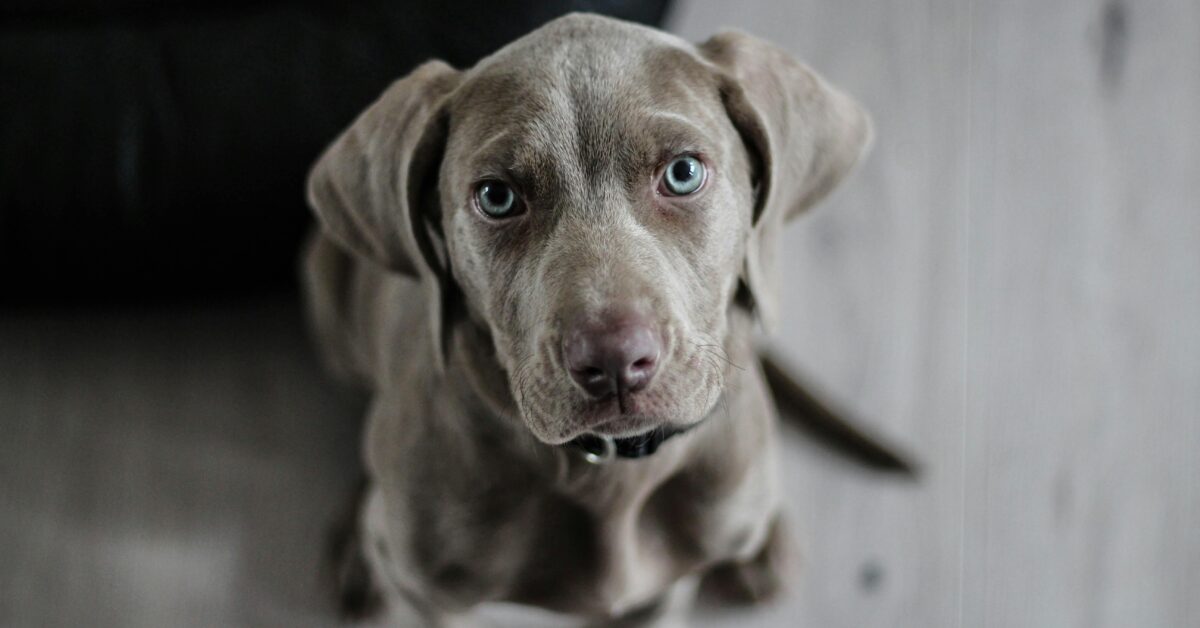
Puppy Training 101: The First Steps to Success
Bringing home a new puppy is an exciting and rewarding experience, but it also comes with responsibilities. Early puppy training is key to raising a well-behaved and confident dog. Whether you’re a first-time pet owner or just need a refresher, here are the essential first steps to set your puppy up for success.
-
Start with Basic Commands
The foundation of puppy training begins with simple commands like sit, stay, come, and leave it. These commands help establish communication between you and your pup while also keeping them safe in everyday situations.
– Use positive reinforcement – Reward good behavior with treats, praise, or toys.
– Keep training sessions short – Puppies have short attention spans, so practice for 5-10 minutes at a time.
– Be consistent – Use the same words and hand signals to avoid confusion.
2. Socialization is Key
Puppies go through a critical socialization period between 3 to 16 weeks old, where they learn how to interact with the world. Exposing them to different people, places, and experiences early on helps prevent fear-based behaviors later in life.
– Introduce them to new sounds, textures, and environments.
– Arrange playdates with other well-behaved dogs.
– Let them meet friendly people of all ages.
A well-socialized puppy grows into a confident and happy adult dog.
3. Potty Training with Patience
Potty training is one of the first and most important lessons your puppy will learn. The key is consistency and patience.
– Take your puppy outside frequently, especially after meals, naps, and playtime.
– Use a designated potty area and reward them when they go in the right spot.
– If accidents happen, never punish—instead, redirect them outside and reinforce good behavior.
4. Crate Training for Comfort and Safety
Crate training provides your puppy with a safe space to relax and helps prevent destructive behaviors when you’re not home.
– Make the crate a positive place by adding comfy bedding and favorite toys.
– Start with short crate sessions and gradually increase the time.
– Never use the crate as punishment—your puppy should see it as a safe retreat.
5. Leash Training for Happy Walks
Teaching your puppy to walk on a leash early prevents pulling and makes future walks more enjoyable.
– Start indoors or in a quiet area before introducing distractions.
– Reward your puppy for walking beside you rather than pulling ahead.
– Use a well-fitted collar or harness to ensure comfort and control.
Why Professional Training Helps
While at-home training is essential, working with a professional trainer can speed up your puppy’s learning process. At Sit Means Sit Southwest Las Vegas, our expert trainers provide puppy training programs tailored to your pup’s needs, helping them develop into a well-mannered companion.
Early training shapes your puppy’s behavior for life. By focusing on basic commands, socialization, potty training, crate training, and leash manners, you’re setting the stage for a happy and well-adjusted dog. If you need expert guidance, contact Sit Means Sit Southwest Las Vegas to give your puppy the best start possible!
